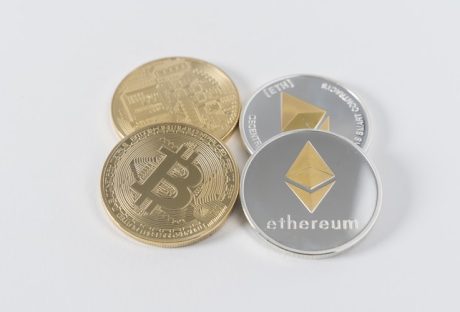When the internet was first invented, it changed the whole world and the connectivity sector. The same thing went for Blockchain technology when Satoshi Nakamoto launched Bitcoin, which was developed on the foundation of Blockchain technology.
After that, we witnessed the journey of Blockchain from being a decentralized network to being adopted by large centralized organizations. But at the same time, some of us do not know much about Blockchain apart from its usage in Bitcoin and other Cryptocurrencies.
What Is Blockchain?
Blockchain is an immutable and Shared ledger that facilitates the particular process of recording transactions and tracking assets in a business network. When it comes to assets, they can be tangible and intangible.
Virtually, on a blockchain network, anything of value will be traded and tracked. It also reduces the risk, along with cutting down the costs for everyone involved. Trading has also become easy with the immediate edge of Blockchain technology.
Remarkable Uses For Blockchain You Did Not Know About
As we have mentioned earlier, most of us are not aware of the true potential of Blockchain technology. Our knowledge about Blockchain is limited to Bitcoin and other Cryptocurrencies.
So, here we will discuss some practical uses for Blockchain that are remarkable in current days. Let’s start with how it evolved the banking sector.
1. Banking
Whenever we think of banking, the first thing that comes to our head is the most influential finance sector. Blockchain technology provides tamper-proof technology. This is the reason why banking sectors have welcomed this amazing technology with wide arms.
Blockchain technology in banking sectors can add an extra layer of security and bring more accuracy with data sharing. Once the banking industry was able to understand the true potential of Blockchain, they have started adopting it.
2. Digital Identity
The whole concept of digital identity is not at all a new one. But by implementing the benefits of Blockchain technology, we are actually witnessing a new horizon. Due to the decentralized nature of Blockchain technology, all those necessary pieces of data can be stored in a public ledger network.
In comparison to centralized data storage that is more prone to external attacks, the Blockchain always offers a more secure data storage solution. At present, you can find many digital identity service providers are assisting their clients in providing a new digital identity with the benefits of Blockchain.
3. Car Leasing
Standing in 2021, we simply can not deny the fact of how flourishing the car leasing business has become. Leasing a car never comes without any legal paperwork. In fact, you have to go through a number of legal paperwork for this.
The car leasing process involves the verification of the driver’s financial status to the inventory. The whole process is quite full of hassle. But with the implementation of Blockchain technology, you can get a proper hold on all the legal paperwork and also can track the ongoing process.
4. Prediction Market
It has already been a while; the prediction market has been there in the market. In the early 1990s, when the information technology revolution took place, after the increased internet usage, prediction and forecasting attracted people’s interest.
This very active interest among people in making predictions has driven over-regulation and over prediction for the financial sectors. This is another result of the Blockchain revolution.
5. Energy Management
You might be thinking, what does a centralized industry like energy management have to do with a decentralized network like Blockchain? Well, energy management is one of the major examples of centralized industry, which has truly benefited from Blockchain technology.
To connect all the energy sources, a huge number of energy production houses are implementing Blockchain technology. This way, companies are able to track the energy flow as well. Due to the lack of intermediaries, you can actually cut off the extra cost of maintaining the intermediate services.
Blockchain Technology Is The Future
Blockchain has already become a heated subject to discuss in the market. When the government bodies are unwillingly almost losing their central authority, global business leaders see the huge potential in the global economy that is supported by Blockchain technology.
More Resources:






















